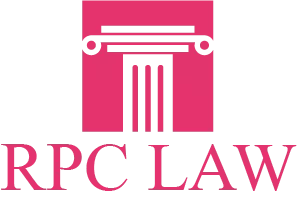If an automobile accident results in no more than vehicle damage, then the vehicle’s owner becomes eager to obtain money for the necessary repairs. A resolution of the issues associated with the damage could come at one of the various stages within the claim process.
The 2 disputing parties could reach a settlement.
That could take place following negotiations. Certain circumstances pave the way for such a settlement:
1) The 2 parties agree on who was at-fault.
2) No one suffered a major injury; all occupants reported zero or minor injuries.
3) The at-fault driver is covered by an insurance policy.
4) The claimant can offer proof of losses, such as bills, receipts, photos or witness statements.
This is the shortest route to a settlement. It could take 2-3 months. Injury Lawyer in Richmond Hill knows that once the settlement has been finalized, the insurance company sends a check to the plaintiff, or to the plaintiff’s lawyer.
The dispute could get resolved during a pre-trial discovery session.
During discovery both sides share their account of what happened and what injuries or property damage resulted from those happenings. The recounting of events by either side could push the other side to settle. This longer procedure could take up to 6 months to complete.
A mediation session could follow the discovery phase.
An independent mediator reviews the arguments being made by both sides. Mediators work to get each party to recognize the soundness of the other party’s argument. If the 2 mediating parties reach an agreement, the agreement’s terms are shared with the proper court.
Neither side gets forced into an agreement. The entire process does not take a great deal of time. Sometimes mediation increases the chances for a pre-trial settlement. That development would allow cancellation of a lengthy procedure/trial.
The possible trial
A legal issue that has arisen due to property damage rarely advances to the trial stage. Most of those types of issues end much earlier and free the disputing parties of the need to sit through what could amount to a 2-year procedure.
Yet even after a trial has started, the disputing parties could resolve their differences before an announcement of the jury’s verdict. The lawyer for either side has the right to pose a question at any time. That could lead to a meeting at the judge’s bench. Later, the judge might invite the opposing attorneys to meet in the judge’s office.
Once inside that office, the opposing lawyers would be able to arrange for a settlement. In other words, a resolution might emerge from an agreement reached inside of the judge’s office. Alternately, both parties would need to await the decision made by the 12 men and women serving on the jury.
